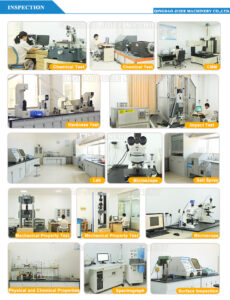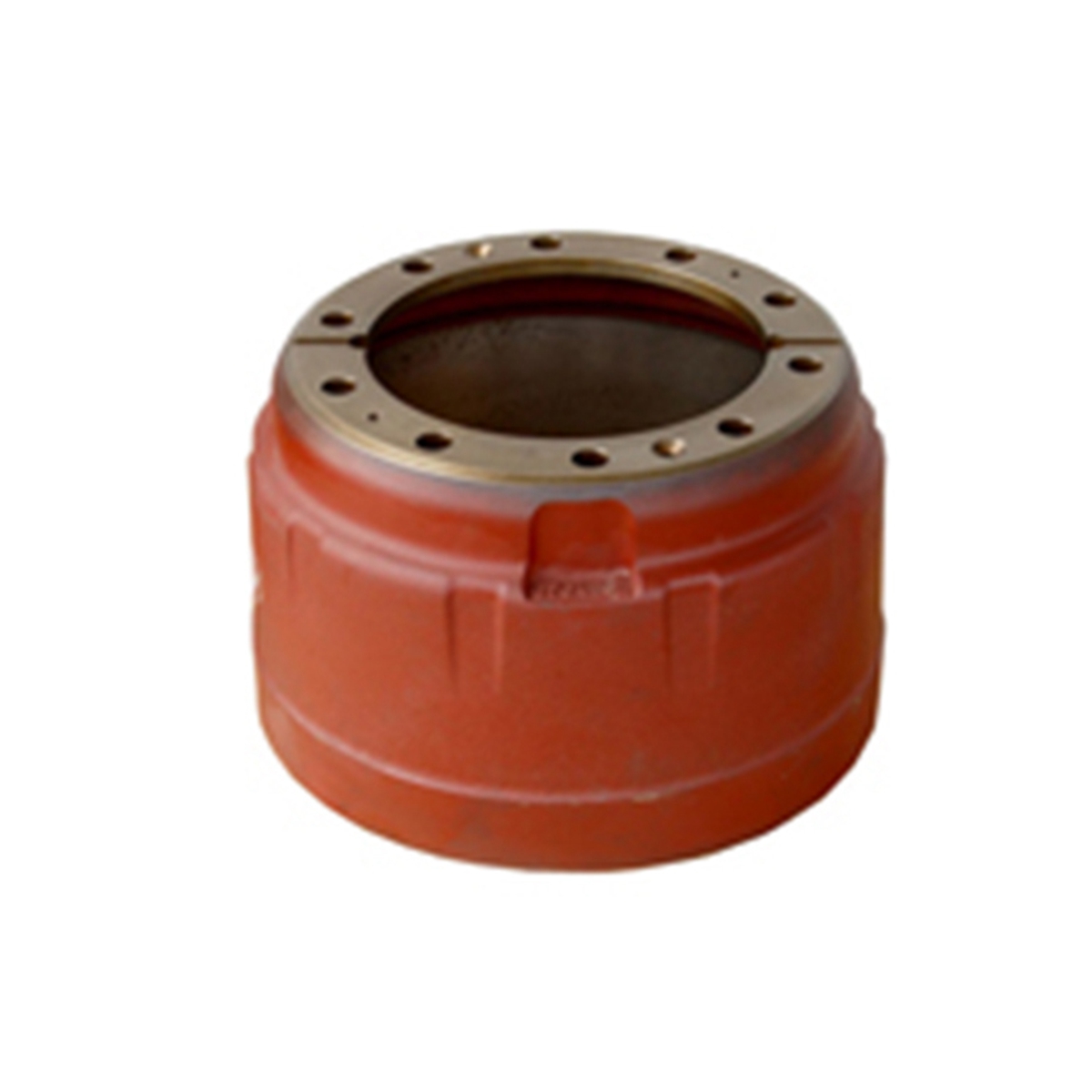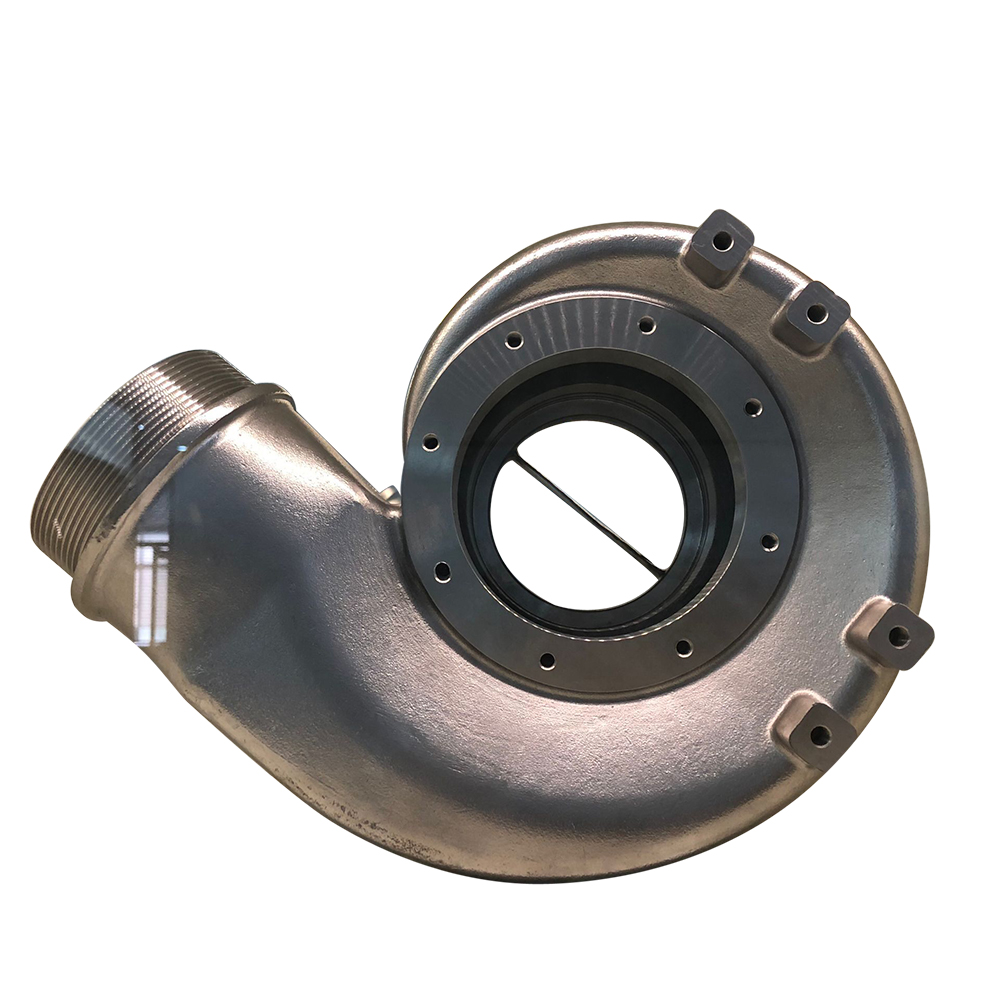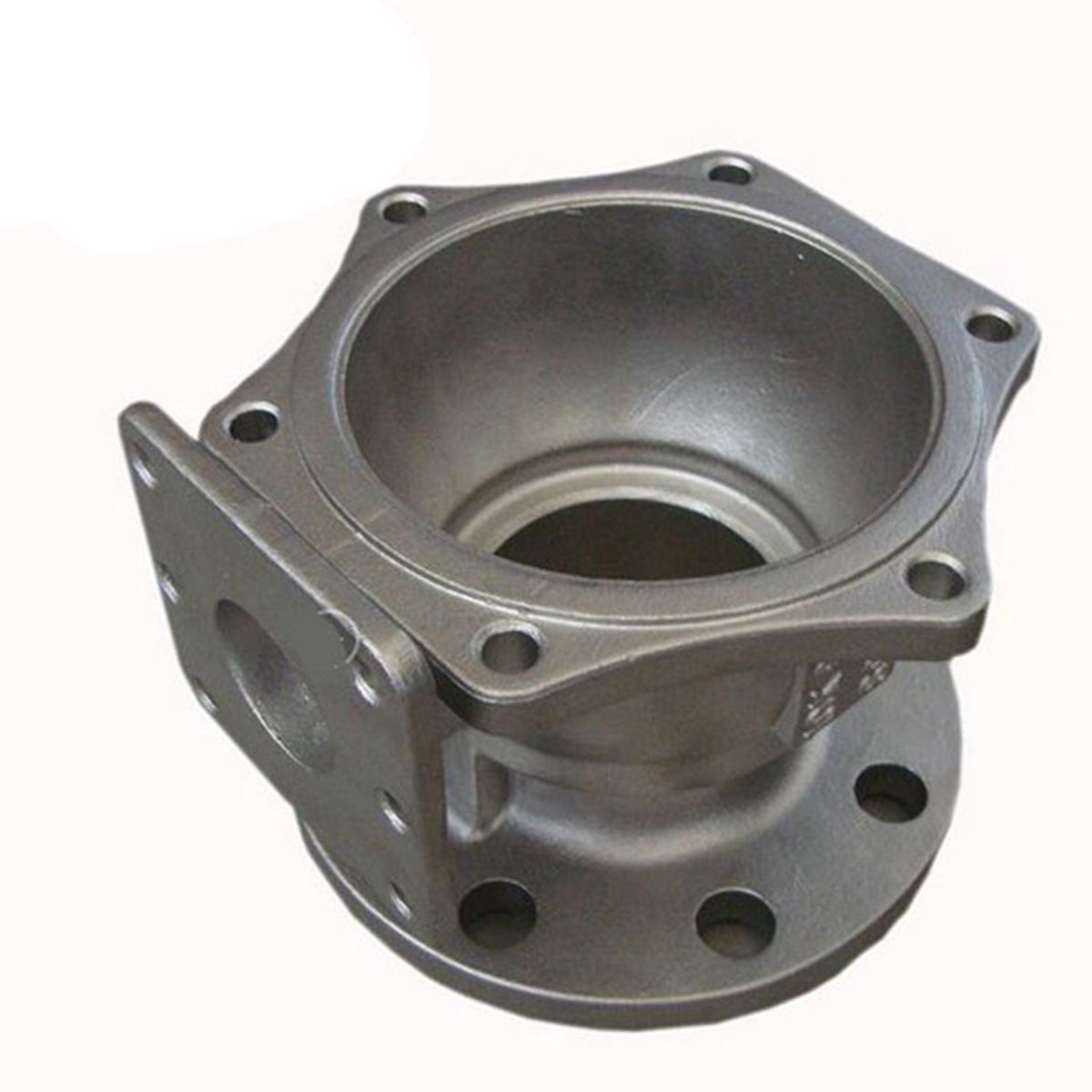In cast steel production, if casting cracks only occur near the cutting riser, the general reason is caused by low cutting temperature. Therefore, try to be as eager as possible when cutting the riser, or cut after tempering. If the process allows, by changing the riser to a smaller size, this problem can be greatly reduced or eliminated.
For cracks that appear after processing, or cracks found inside steel castings after non-destructive testing, they may be caused by the following reasons:
a. The steel casting is relatively thick. After the molten steel is poured into the mold, the outer part of the casting cools quickly and the inner part cools slowly. Internal solidification is accompanied by volume shrinkage. At this time, the surface part has solidified, so the stress cannot be relieved through plastic deformation. When the stress exceeds the post-resistance strength of steel castings, cracks are likely to occur. Since different parts have different stresses and different tensile strengths, cracks will occur in weak places, and eventually many cracks will form.
b. There is a large thickness gap in steel castings, or the flow rate of molten steel in the mold cavity is uneven, which can easily cause cracks in steel castings.
For this kind of steel castings that are prone to high stress, aging heat treatment must be carried out in time. Of course, the best way is to take into account the problems caused by large wall thickness differences when designing castings. Thus, problems can be solved at the beginning of process design.
For cracks caused by uneven flow of molten steel, one is to increase the flow rate of molten steel, and the other is to increase the pouring temperature within the range allowed by the process.
c. Adopt a refining process to effectively remove oxidized impurities and gases from molten steel, conduct tracking tests on molten steel from time to time, control the content of harmful impurities in molten steel, and conduct production strictly in accordance with the chemical composition control range required by cast steel grades. It can prevent cold cracking very well.
d. When designing the process, it is necessary to ensure that the molten steel solidifies simultaneously. This can prevent hot cracks and cold crack defects.
Therefore, when setting the position and size of the riser, the cooling rate of each part of the casting must be consistent to reduce the tendency of cracks. In addition, the steel castings must be given sufficient cooling time in the sand mold to prevent the steel castings from cooling too quickly due to premature unpacking and causing crack defects.






